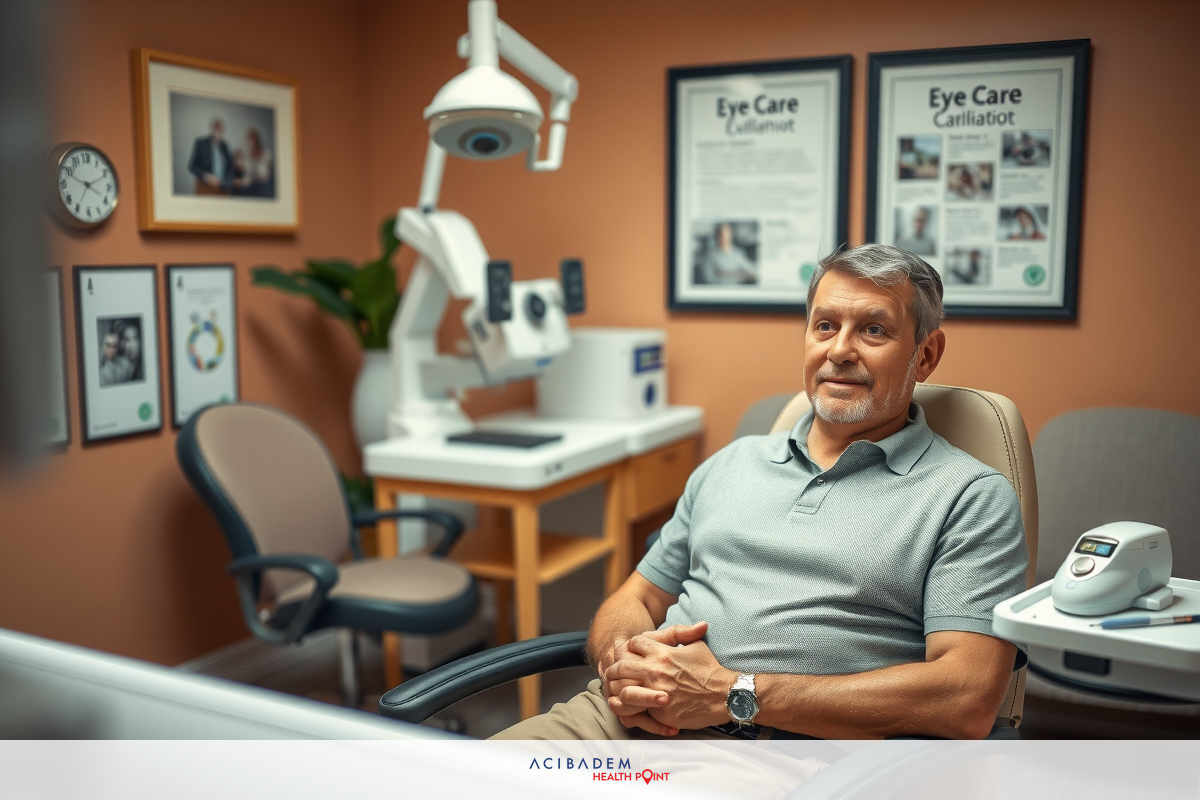Do You Feel Anything During LASIK Eye Surgery?
Do You Feel Anything During LASIK Eye Surgery? LASIK eye surgery, a widely acclaimed solution for refractive errors, often raises concerns about what patients might feel during the procedure. It’s not uncommon to harbor fears and anxieties around this medical intervention, largely due to the delicate nature of our eyes.
The journey from pre-surgery anxiety to post-surgery relief is marked with numerous questions – will it hurt? What sensations should I expect? Will I be comfortable? The process of LASIK involves intricate maneuvers on one of the most sensitive organs in our body but rest assured that patient comfort is always a priority. Anesthesia plays an integral role in achieving a painless experience and numbing techniques ensure minimal discomfort.
By shedding light on typical sensations experienced by patients undergoing LASIK, we hope to alleviate some common worries. Understanding what happens behind those surgical doors can transform apprehension into reassurance.
LASIK Eye Surgery Process
The process of LASIK eye surgery, while seeming intricate to a layperson’s perspective, is actually an impressively designed sequence of steps that optimizes both precision and patient comfort. It all begins with detailed preoperative examinations where the eyes are thoroughly checked for parameters like thickness and shape of the cornea, refractive errors, and overall eye health. These investigations form the foundation upon which individualized surgical plans are developed.
In the operating room, topical anesthesia drops ensure your comfort through every step of the procedure. A protective flap is created on your cornea using either a femtosecond laser or a microkeratome blade but don’t let these technical terms intimidate you – this part is painless! This hinged flap is then carefully lifted to expose underlying corneal tissue ready for reshaping.
The main act in this orchestrated procedure involves another type of laser called an excimer laser. With extreme precision guided by prior mapping data from your eyes, it gently removes microscopic layers from your cornea to correct refractive errors. The corneal flap is then repositioned without needing any stitches; its natural adherence properties suffice for healing! Throughout this entire spectacle that lasts only about 10 minutes per eye, sensations experienced mainly involve pressure around the eyes and blurred vision but rest assured there’s nothing beyond what anesthesia can manage comfortably.
Anesthesia and Numbing
An integral player in the LASIK eye surgery process is anesthesia. Its role? To ensure that you, as a patient, remain comfortable throughout the procedure. The type of anesthesia used during LASIK eye surgery is topical – applied directly to the surface of your eyes in the form of drops. A sensation akin to that of an eyelash caught in the eye might arise momentarily post-application but swiftly gives way to a numbed comfort.
The beauty lies not just within what these tiny droplets do, but also how they do it. These special formulations temporarily block nerve signals in your cornea and conjunctiva which relay sensations like touch and pain to your brain – effectively creating a barrier between procedural manipulations and any potential discomfort they might cause. While vision remains largely unaffected by these drops, some temporary blurring may occur immediately after administration only to resolve itself soon after.
But what about other sensations like pressure or light sensitivity one might ask? For this exact reason, numbing is often supplemented with mild sedatives administered orally or intravenously depending on individual requirements. This combination ensures both physical comfort with regards to ocular sensations as well as psychological ease during LASIK eye surgery – epitomizing thoughtful medical care where comprehensive patient experience takes center stage.

Patient Experience and Sensations
The LASIK eye surgery process, despite being a medical procedure, is often likened to an orchestrated performance. The patient journey through this performance presents a spectrum of sensations that are managed meticulously at every step. Nerves may begin their dance as you settle down on the operating table, but with numbing drops already working their magic on your eyes and sedatives easing your overall anxiety – comfort takes center stage.
As the procedure progresses, sensations morph into different forms rather than just disappearing entirely. A gentle pressure around the eyes might be felt when instruments are used to stabilize your eyelids – preventing any accidental blinking from interrupting the surgeon’s precision work. Some patients report feeling nothing more than this light pressure throughout their entire LASIK experience!
When it comes to vision during LASIK eye surgery, things get interestingly paradoxical! While you’re required to keep focus on a fixed point of light during certain parts of the procedure, transient blurring or even blackouts might occur – all perfectly normal responses and not indicative of any complications. Post procedure temporary visual disturbances such as halos or starbursts around lights can also be part of some patients’ experiences before they embark upon enjoying sharper vision in their daily lives.
Frequently Asked Questions
ow long does the effect of anesthesia last during LASIK eye surgery?
The numbing drops used in LASIK usually keep your eyes comfortable for 15-20 minutes - a duration that comfortably covers the entire procedure time.
What sensations are normal to experience after LASIK eye surgery?
Post-procedure, it's not uncommon to experience some mild burning or itching sensations. Temporary visual disturbances like glare, halos around lights, and fluctuating vision may also be noticed but these tend to resolve over a few weeks as your eyes heal.
Are there any measures I can take on my own to enhance comfort during LASIK eye surgery?
Absolutely! Ensuring good sleep prior to your procedure day and reaching the center with ample time in hand can help reduce anxiety levels significantly. Wearing comfortable clothing helps too!
Is there anything specific I should report immediately post-procedure if experienced?
Severe pain or sudden loss of vision post-LASIK needs immediate reporting. While minor discomfort is usual, anything severe isn't typical and requires prompt attention.








